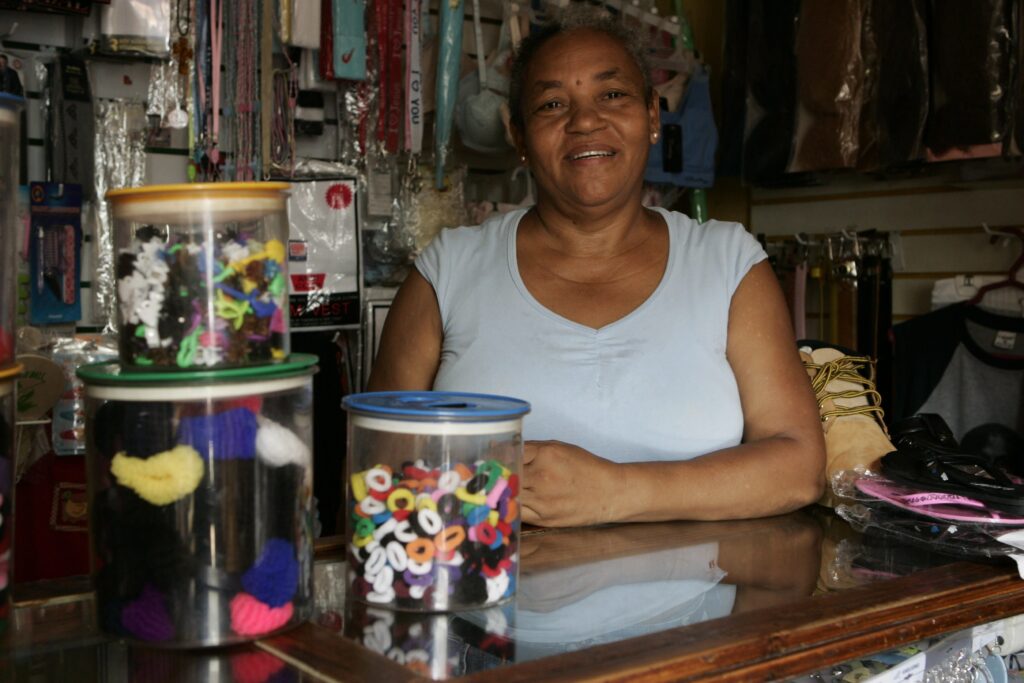[ad_1]
 The G20 has lately agreed on the clear must allow extra ladies to take part within the world economic system, starting with the 2014 G20 Chief’s Communique that established the aim of “lowering the hole in participation charges between women and men in our nations by 25 p.c by 2025” with a purpose to “considerably enhance world development and cut back poverty and inequality.” Ladies’s monetary inclusion is instrumental to reaching this aim. By enabling ladies to take a position, borrow and insure their lives and their companies, they may higher take part within the formal economic system and enhance efficiency of women-owned companies.
The G20 has lately agreed on the clear must allow extra ladies to take part within the world economic system, starting with the 2014 G20 Chief’s Communique that established the aim of “lowering the hole in participation charges between women and men in our nations by 25 p.c by 2025” with a purpose to “considerably enhance world development and cut back poverty and inequality.” Ladies’s monetary inclusion is instrumental to reaching this aim. By enabling ladies to take a position, borrow and insure their lives and their companies, they may higher take part within the formal economic system and enhance efficiency of women-owned companies.
[Tweet “How to enable women’s financial inclusion to drive global economic growth”]
Latest efforts by governments, regulators, the personal sector and the worldwide growth neighborhood to enhance monetary inclusion are yielding spectacular outcomes. These features have been supported partly by the fast rise in digital connectivity within the growing world by way of cellphones, the growing use of digital funds by giant governments and procurement channels, and progressive digital monetary merchandise reminiscent of cellular cash accounts fashionable in sure markets.
Nevertheless, regardless of these features, a big gender hole exists by way of the standard of entry to a financial institution or cellular cash account, and possession of that account. This hole is because of numerous challenges which might be explicit to ladies, it doesn’t matter what a part of the world. These 4 themes summarize the myriad, interconnected challenges to monetary inclusion of girls:
- Ladies have fewer managed belongings
- Ladies are more durable to achieve
- Monetary establishments are much less understood by ladies
- Ladies are much less understood by monetary establishments
 On this paper, Ladies’s Monetary Inclusion: A Driver for International Development[1], Ladies’s World Banking outlines particular suggestions for G20 nations, home governments, the personal sector and the worldwide growth neighborhood to deal with these challenges. For instance, as home governments are instantly concerned in offering a regulatory surroundings that permits the native monetary ecosystem, we advocate that governments move and implement legal guidelines that enable ladies full possession and management of belongings on par with males, together with the best to inherit household belongings. As well as, governments can incentivize or lead the event of digital and biometric identification processes to higher enable ladies in distant places and with poor literacy to entry and belief formal monetary companies.
On this paper, Ladies’s Monetary Inclusion: A Driver for International Development[1], Ladies’s World Banking outlines particular suggestions for G20 nations, home governments, the personal sector and the worldwide growth neighborhood to deal with these challenges. For instance, as home governments are instantly concerned in offering a regulatory surroundings that permits the native monetary ecosystem, we advocate that governments move and implement legal guidelines that enable ladies full possession and management of belongings on par with males, together with the best to inherit household belongings. As well as, governments can incentivize or lead the event of digital and biometric identification processes to higher enable ladies in distant places and with poor literacy to entry and belief formal monetary companies.
Because the main non-profit advancing ladies’s monetary inclusion all over the world, Ladies’s World Banking welcomes commitments from world our bodies just like the G20 in addition to private and non-private sector gamers to advance ladies’s financial participation. Nevertheless, these commitments are only the start. Taking significant actions, reminiscent of these advisable on this paper, will enhance ladies’s monetary inclusion to drive world financial development.
[1] This paper is knowledgeable by two earlier publications commissioned by the G20 International Partnership for Monetary Inclusion: The Alternatives of Digitizing Funds, August 2014, by the World Financial institution Growth Analysis Group, the Higher Than Money Alliance, and the Invoice & Melinda Gates Basis; and Digital Monetary Options to Advance Ladies’s Financial Participation, November 2015, by the World Financial institution Growth Analysis Group, the Higher Than Money Alliance, the Invoice & Melinda Gates Basis and Ladies’s World Banking.
[ad_2]

